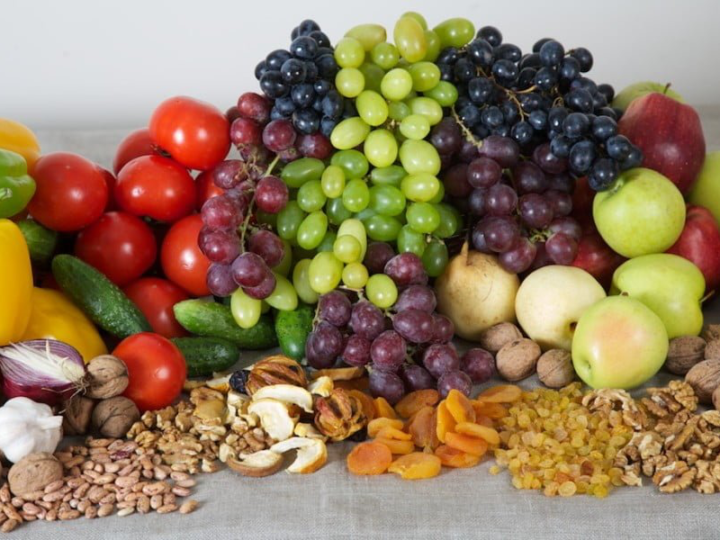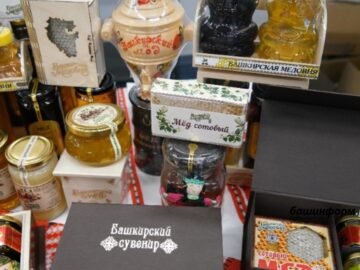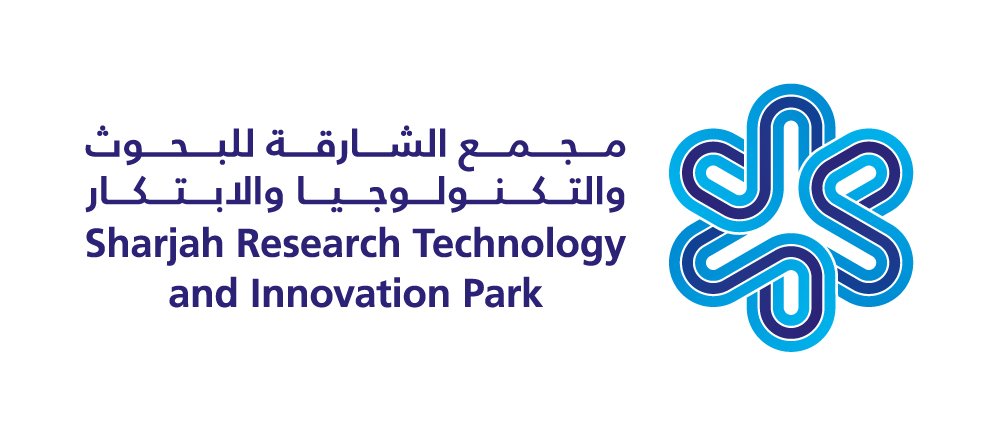Can free trade with the UAE help boost Georgian exports?

Georgia intends to start negotiations with the United Arab Emirates (UAE) to conclude a free trade agreement. EastFruit analysts figured out how to maximize the benefits of Georgian producers of berries, nuts, fruits and vegetables from the new opportunities that will open for them thanks to the cancellation of tariffs.
The UAE is a shopping center in the Middle East and a very attractive market that is growing, striving for diversification and, thanks to a GDP per capita of $ 43,000 (2019), has a very high purchasing power. Imports of fruits, nuts and vegetables (groups 07 and 08 of the TN VED) have been growing over the past two decades, and in total reached about $ 3 billion per year, excluding 2020, when there was a slight decline due to the pandemic.
In the UAE, imports of agricultural products are taxed on average 6% for WTO members, which is Georgia. Despite this low tariff and high demand for imported products, Georgia did not export very much to the UAE. Over the past 8 years, Georgian exports of fruits, nuts and vegetables to the UAE totaled only $ 3.2 million. Annual exports peaked in 2021 at $ 1.1 million, with 72% of this amount coming from the export of hazelnut kernels and fresh blueberries. The two main factors holding back imports are expensive aviation logistics and generally inadequate product quality for the demanding UAE market.
See also: Georgia: TOP-10 events of the produce business in 2021
As key Georgian exporters to the Middle East explain, so far the only way to deliver fruits, nuts and vegetables from Georgia to the UAE is by plane. Which, of course, is very expensive, but the problem is much more serious: there are no cargo planes. Georgian exporters have to report their goods to the luggage compartment of passenger flights that are not intended for the carriage of perishable goods such as fruits and vegetables and, accordingly, do not have a temperature regime and maintain the required humidity level. This limits the volume of exports, and increases the risk of deterioration in product quality during transportation.
Although last year there were already the first attempts to export table grapes by land to Qatar in Ref. container through Azerbaijan and Iran. Also promising is the opening of a new transport corridor that will connect the Persian Gulf with the Black Sea.
In addition to serious logistics problems, it is usually difficult for Georgian exporters to obtain export-quality products in large quantities. They say that there is demand from the Middle East and importers are ready to sign contracts, but local suppliers will not be able to provide them in the required quantity and quality.
At the same time, many products that Georgia produces are in demand in the UAE, moreover, these trade positions demonstrate one of the highest growth rates among imports of fruits, nuts and vegetables from the UAE. Georgia theoretically could also export these products to the UAE in higher volumes:
Average annual growth rate of imports of selected goods in the UAE
Annual imports of selected products to the UAE, in tonnes

But in parallel with work on trade relations, it is necessary to establish a production and supply chain.
Source: east-fruit.com

 en
en ru
ru








































